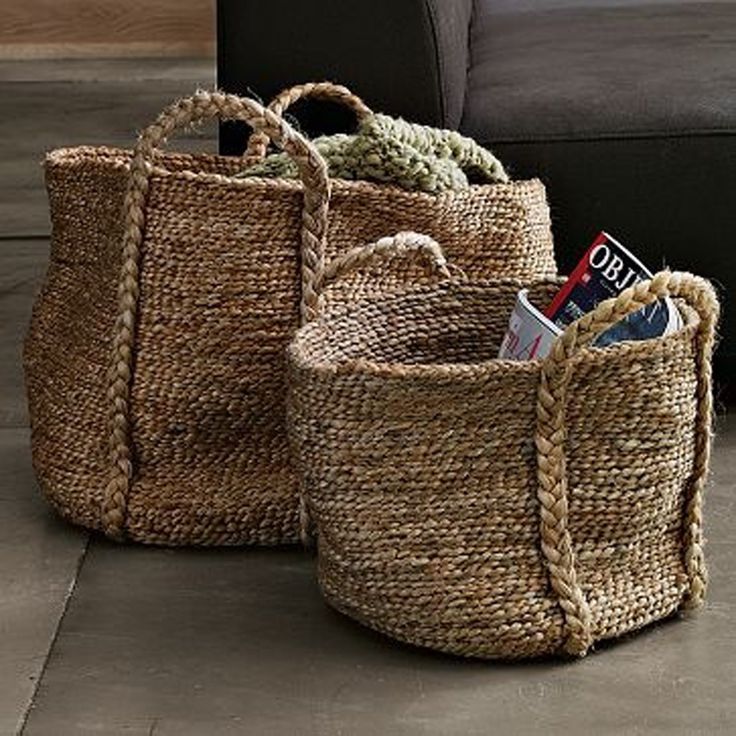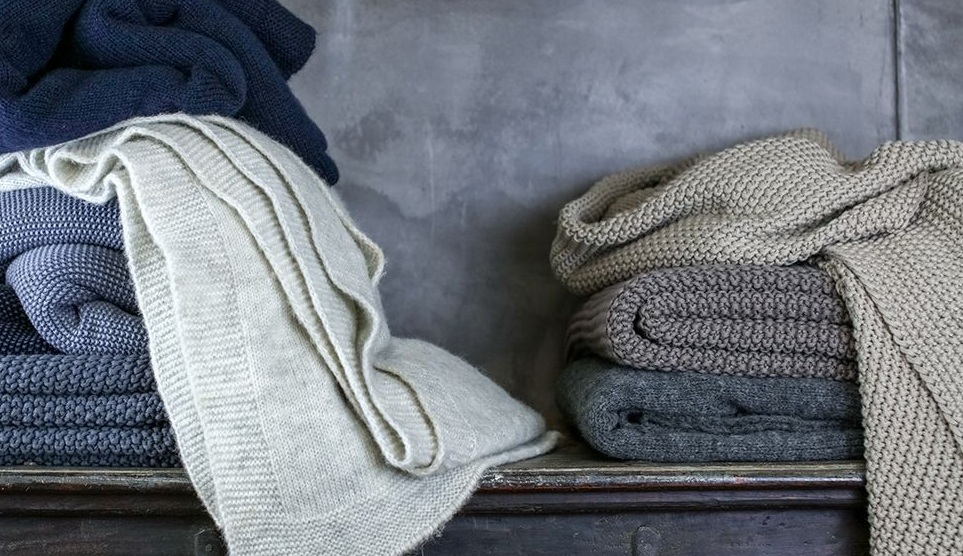SEASON'S SENSES
The Danish philosophy of Hygge, pronounced ‘hoo-guh’, has been gaining popularity here in the UK for the last couple of years. I see the word everywhere online and in the shops. The term loosely means ‘coziness’ however this is not meant in an external or material way. It is not as simple as a few knitted blankets. Hygge is more of a psychological sense of coziness, a feeling of warmth - a calm, good feeling in the soul. The feeling you get when you read a book in front of a fire with a hot chocolate, or share a night in with a bottle of wine between friends. When I first read about Hygge I connected with it immediately as I have a very similar philosophy when it comes to design. Our homes are sanctuaries, our safe places where we can be our most relaxed and comfortable selves. They are necessary retreats from the outside world and this is never more true than in the winter when our natural instincts encourage us to hibernate.
The process of designing a space that allows for this ‘cozy’ environment goes beyond aesthetic. It involves all the senses. By considering the experience of a room on multiple levels it is possible to create an atmosphere conducive to deep relaxation and calm.
TEXTURE & NATURE
Texture and natural materials are key. During the winter we tend to spend more time indoors and less time outside. Therefore it is really important to bring nature indoors in any way we can. The warmth of wooden furniture, both visually and to the touch, is noticeably different to that of glass or metal. Collect some pine cones to decorate with and of course, for those celebrating - put up the Christmas tree! (I love to get a Norway spruce as it not only looks beautiful but also smells stunning).
Combining thick-knit and fine-knit natural fiber blankets in different neutral tones is an easy way to introduce texture to a room. Fleece rugs are also a great way to incorporate a different natural texture into a space.
Photo via The Fabulous Fleece Company
Photo source unknown
Photo via Nkuku.com
LIGHT
The days are shorter and our hours of daylight are often dimmed by thick layers of grey cloud. It can feel oppressive and gloomy. I combat this by trying to find whatever natural light that I can. When the sun is hard to find, I turn to fire. The warm glow from a candle or an open fire has an innate comforting quality. Hurricane lanterns are a great way to house candles of different shapes and sizes in a safe way if you don’t have a working fireplace or wood burner. Candleholders and lanterns with cutouts are also a very effective way to introduce texture through shadow. I remember seeing some wall lanterns similar to the candleholders below for the first time when I visited Morocco a few years ago. During the day I had no idea what they were, they seemed like a pretty plain wall decoration. But at night, when they were lit, it was like magic. The patterns of light created by something so simple were stunning.
Photo via Zenza
SMELL
Smell is so important when it comes to the experience of a room, especially over the winter period. The smells of an open fire, freshly cut pine and gingerbread baking in the oven evoke feelings of warmth and comfort (and hunger!). If you’re not a fan of hoovering up the needles of a Norway spruce, or if you don’t celebrate Christmas, an easy way to introduce the fresh smell of the outdoors is to add sprigs of pine or cedar to a winter garland or flower arrangement. I also suggest investing in a good quality scented candle or reed diffuser with notes of wood and spice.
Photo via Shibang Designs
My main piece of advice when designing a home for winter is to avoid anything artificial, anything that doesn’t feel, smell or look real. Focus on atmosphere, nature and warmth and you can’t go too far wrong!






